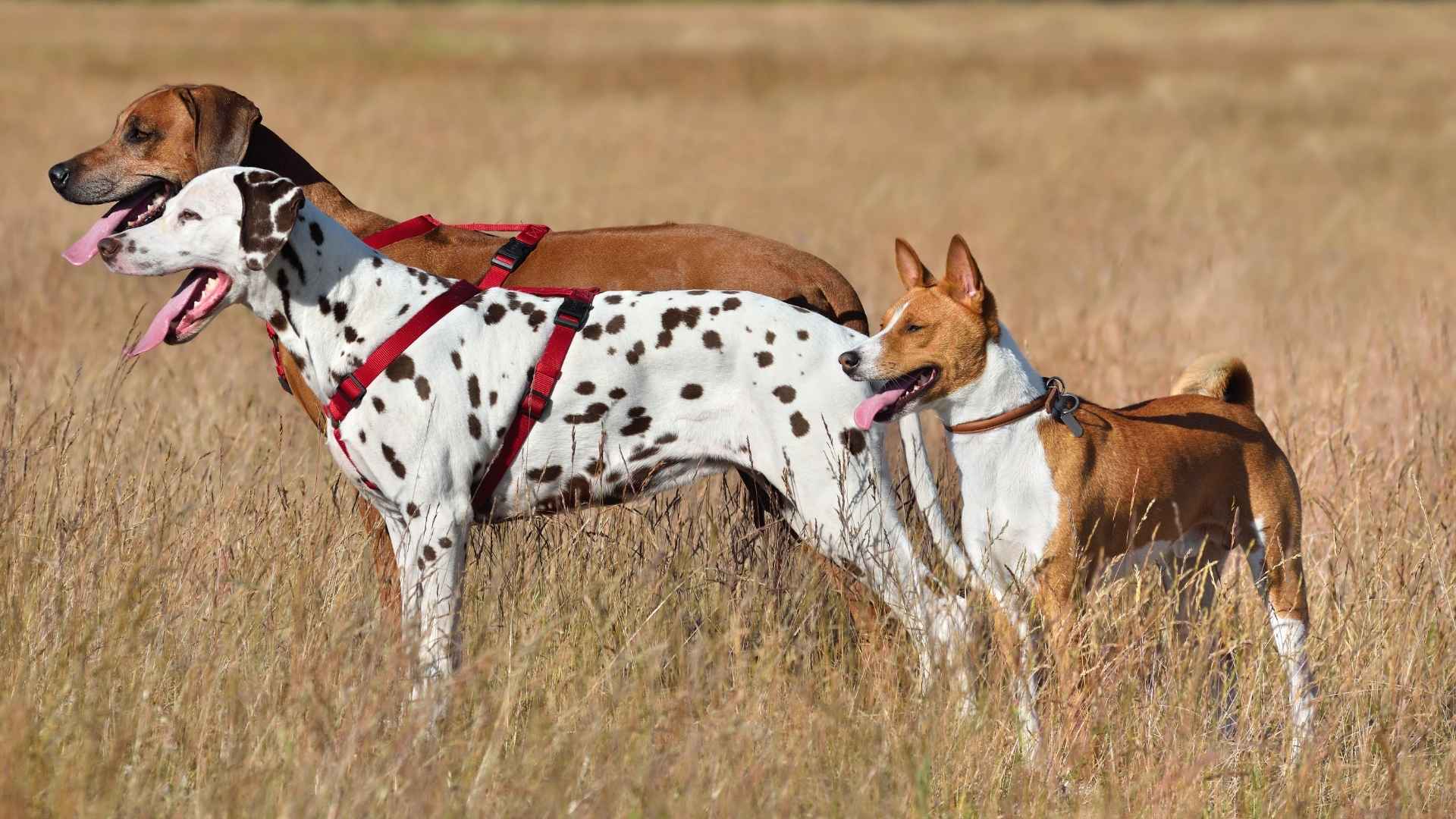They don’t just hunt—they bond for life. Loyal hunting dog breeds are a unique blend of fierce dedication in the field and unwavering affection at home. These are the dogs that will trail game for hours without complaint, then curl up at your feet like they never left your side.
Bred for stamina, focus, and partnership, hunting dogs are more than skilled trackers—they’re trusted teammates. Whether you’re in the woods or winding down for the evening, these breeds don’t just follow orders—they follow you. Their loyalty is built into their DNA, and it’s what makes them exceptional companions on and off the hunt.
Today, we’ll highlight the most loyal hunting dog breeds—ones that deliver in both performance and personality. If you’re looking for a dog who’s fearless in the field and faithful at heart, you’ve come to the right place.
Loyal Hunting Dog Breeds
1. Labrador Retriever
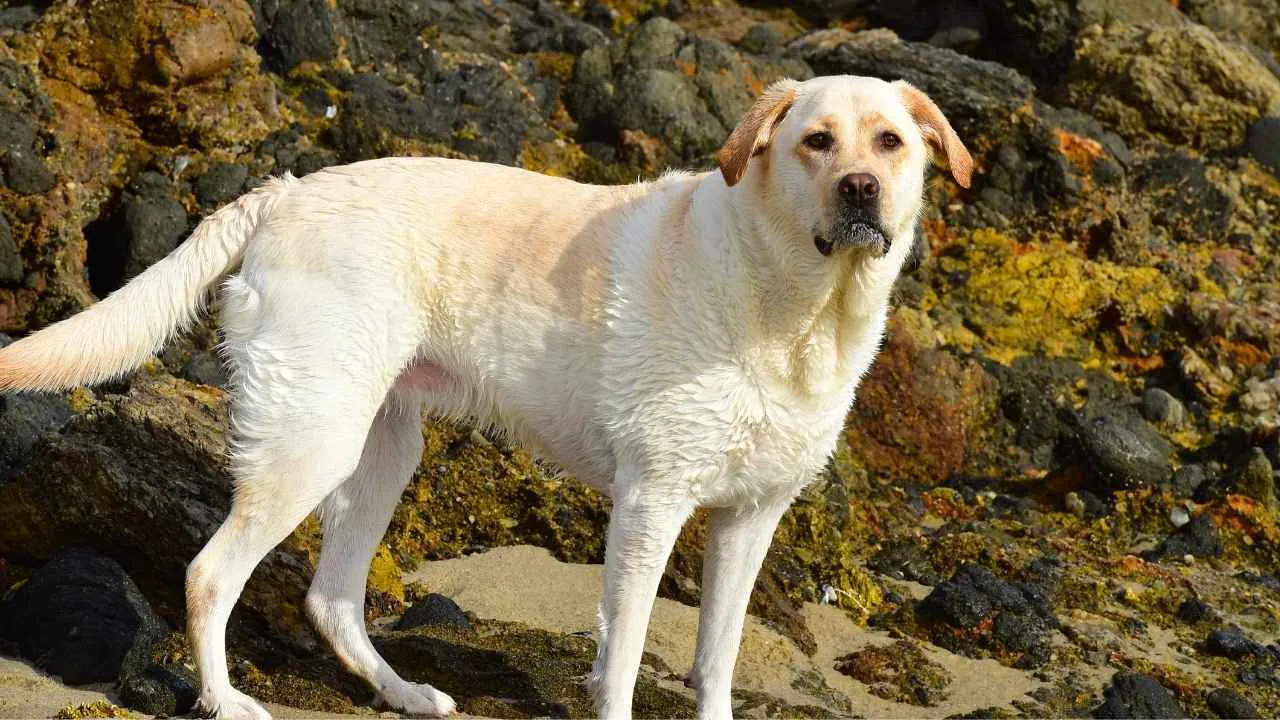
Ah, the Labrador Retriever – the most popular dog breed that thinks every hunting trip is a grand adventure. With their signature wagging tail and playful demeanor, Labradors are the life of any party, and that’s not just in the living room.
They’re known as gun dogs because they were originally bred to retrieve game birds and other animals shot by bird hunters, making them excellent companions in the field. Whether it’s flushing out game or retrieving waterfowl from the lake, Labs are as versatile as they come.
Labs are affectionate, sociable, and eager to make friends—even with strangers. Their high energy and adaptability make them great playmates and excellent service dogs for roles like search and rescue dogs or providing therapy. However, their friendly temperament makes them ill-suited for guarding.
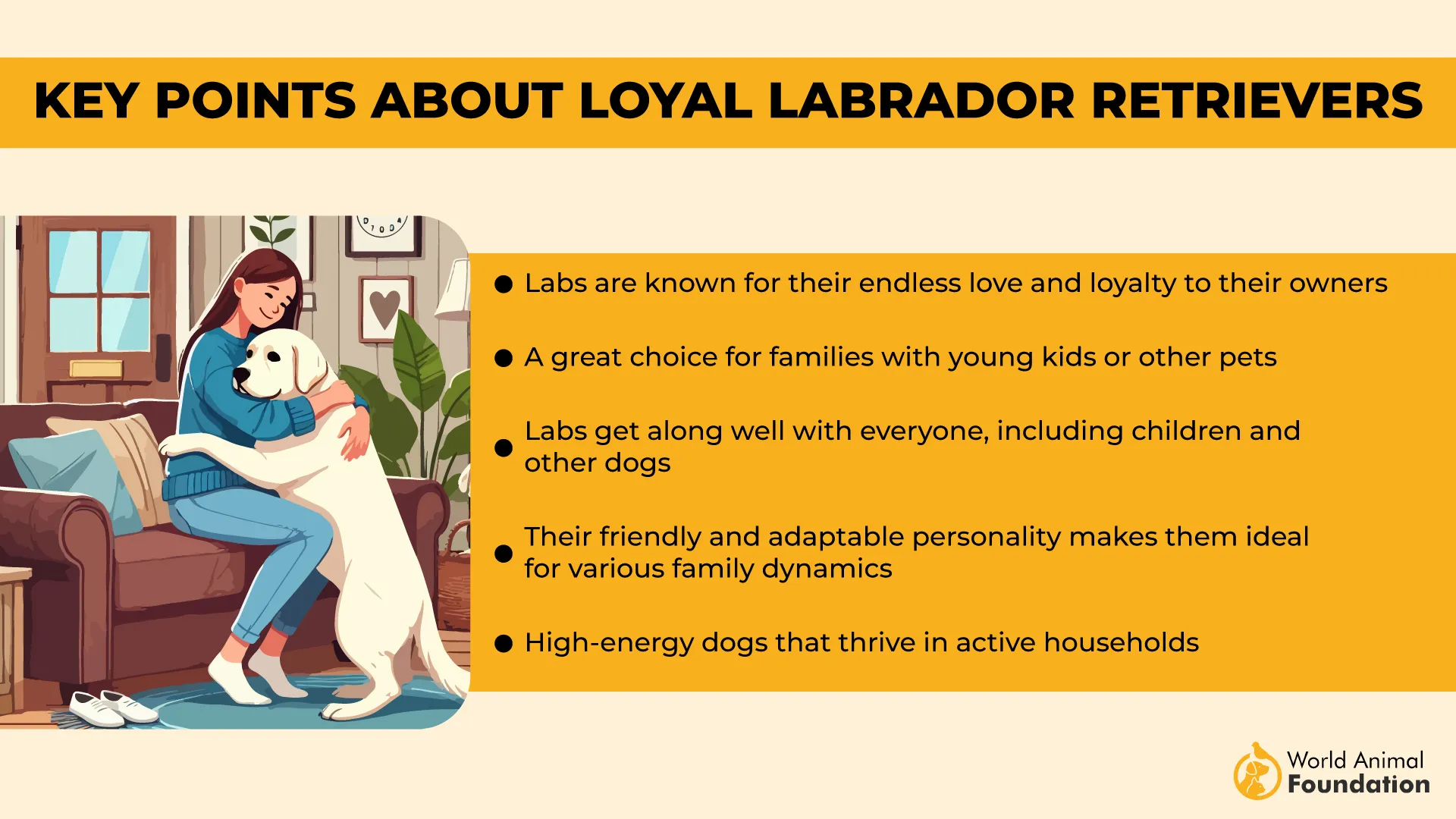
Labs are famous for their loyalty, and they take their hunting duties seriously – but they also know when it’s time to relax and curl up on the couch (or your lap). Their dedication to their owners makes them wonderful family pets, whether you’re in the field or just lounging on the porch after a long day. And if you’ve ever seen a Lab’s “please throw the ball” face, you know they’re not shy about asking for attention.
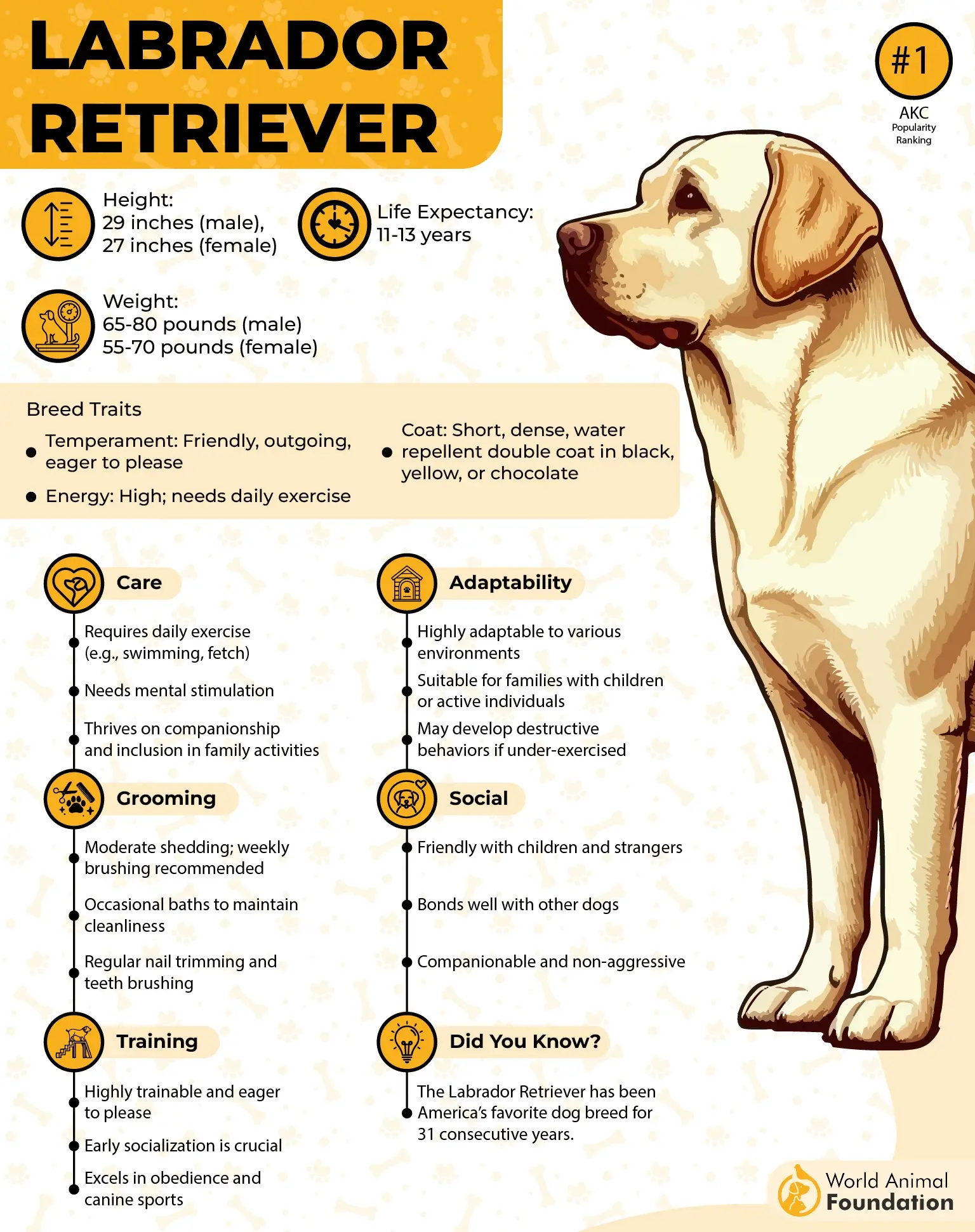
Characteristics
Size: Medium to large; typically around 55–80 pounds.
Exercise Needs: High; this sporting breed loves outdoor activities like running, swimming, and playing fetch.
Training: Very trainable due to their eagerness to please.
Famous For: Being one of the best all-around hunting dogs due to their retrieving skills.
Fun Fact: Want a loyal dog on your hunting team? Just make sure you’ve got a life vest, because they’ll jump into any body of water without hesitation – it’s in their DNA.
2. English Setter
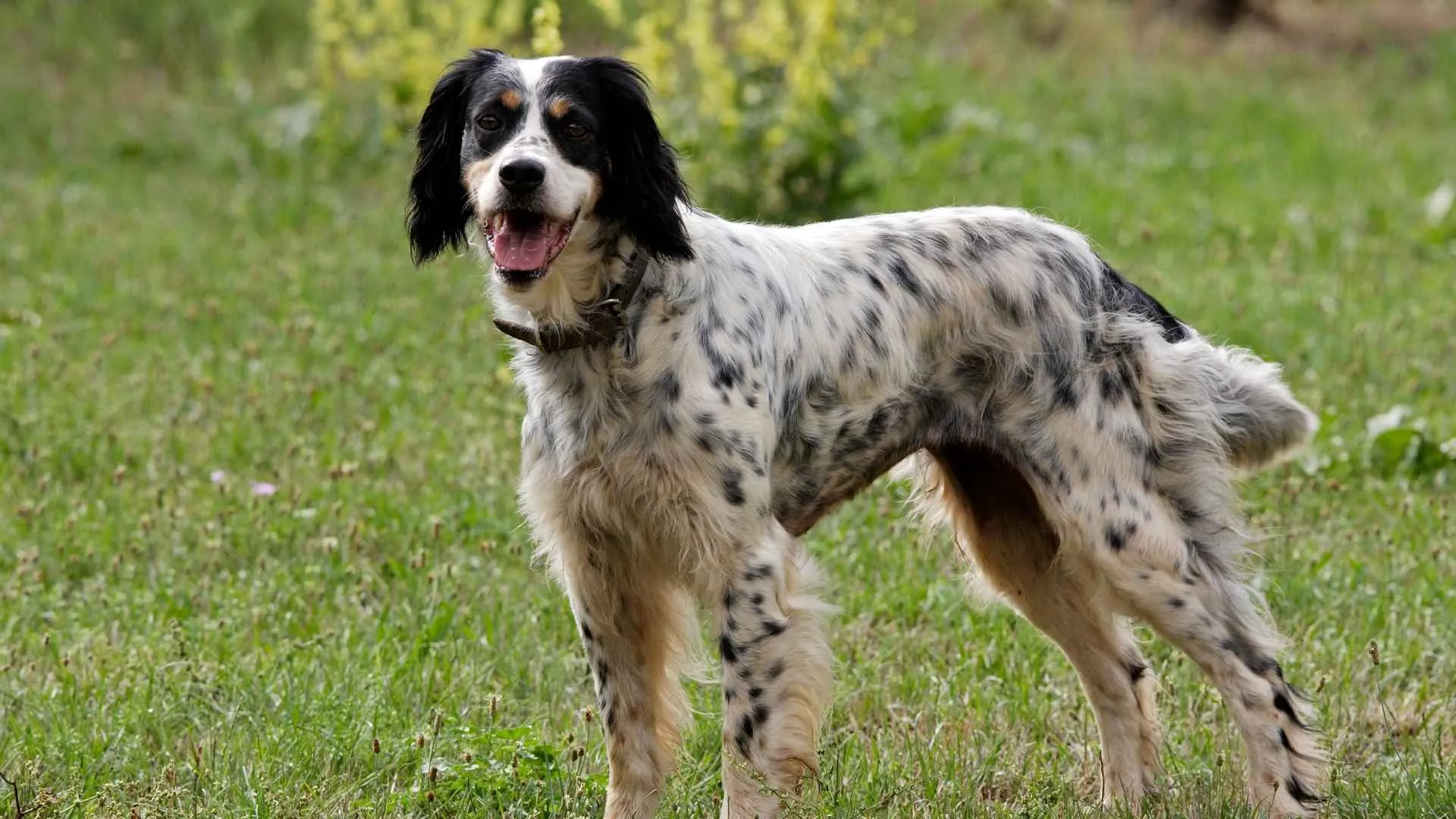
Now, meet the English Setter – a breed that exudes elegance, grace, and loyalty with every step they take. With their soft, flowing coats and piercing eyes, English Setters are the picture of poise. But don’t let their refined looks fool you; these dogs are serious about hunting.
According to the American Kennel Club (AKC), the English Setter is one of the four British setters, each bred to work on the unique terrains of England, Ireland, and Scotland, showcasing their versatility and adaptability across various landscapes.
English Setters are natural-born pointers – when they find game, they freeze in place, creating a stunning picture of focus and discipline. They’re like the Zen masters of hunting dogs: calm, composed, and ready to take action when needed.
While Labradors might dive headfirst into the water, Setters are more the “watch and wait” type – they survey the scene, keeping a sharp eye out for their next target. When it’s time to retrieve, they do it with the precision of a true professional.
Characteristics
Size: Medium to large; typically around 45–80 pounds.
Exercise Needs: High; they need plenty of room to run and explore.
Training: Intelligent and eager to please, but can be a bit independent.
Famous For: Their elegance and precision in the pointing game, along with their gentle nature.
These athletic dogs are not only excellent hunting dogs, but they also make fantastic family pets. They’re generally calm and not prone to anxiety or excessive barking, though they might give an occasional bark to alert you to something unfamiliar.
Fun Fact: If you ever meet an English Setter at a hunting event, be prepared for some major tail envy. Their tail, which elegantly sweeps through the air as they walk, is as graceful as it is majestic. It’s like watching a feather duster glide across the field.
3. Irish Setter
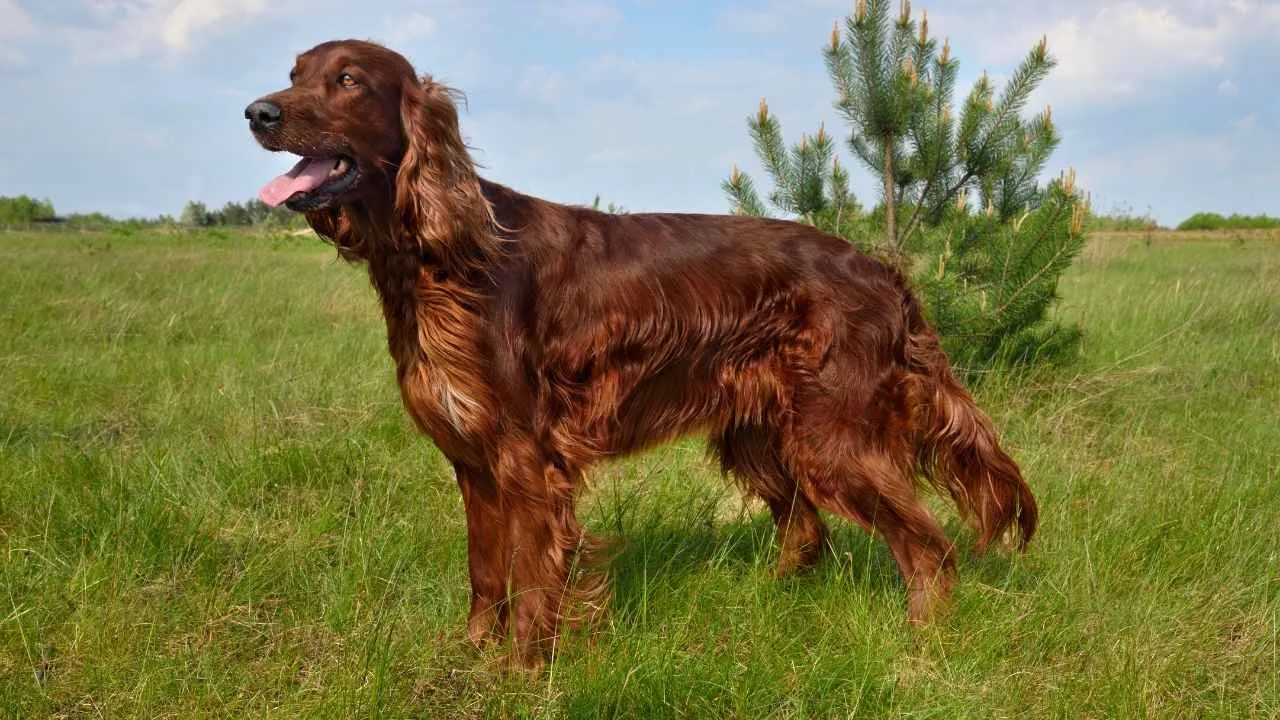
If the Irish Setter were a character in a movie, it would be the energetic, fearless adventurer who never backs down from a challenge, but with an extra dose of charm. As part of the gundog or sporting group, the Irish Setter is an energetic dog breed full of personality, making it one of the best dogs for families.
Known for their stunning red coats, Irish Setters are high-energy dogs that are as fast as they are beautiful. Whether it’s running through fields or diving into thick brush, they’re the epitome of a dedicated hunting dog. But don’t be fooled by their fiery appearance – these dogs are also incredibly affectionate and loyal.
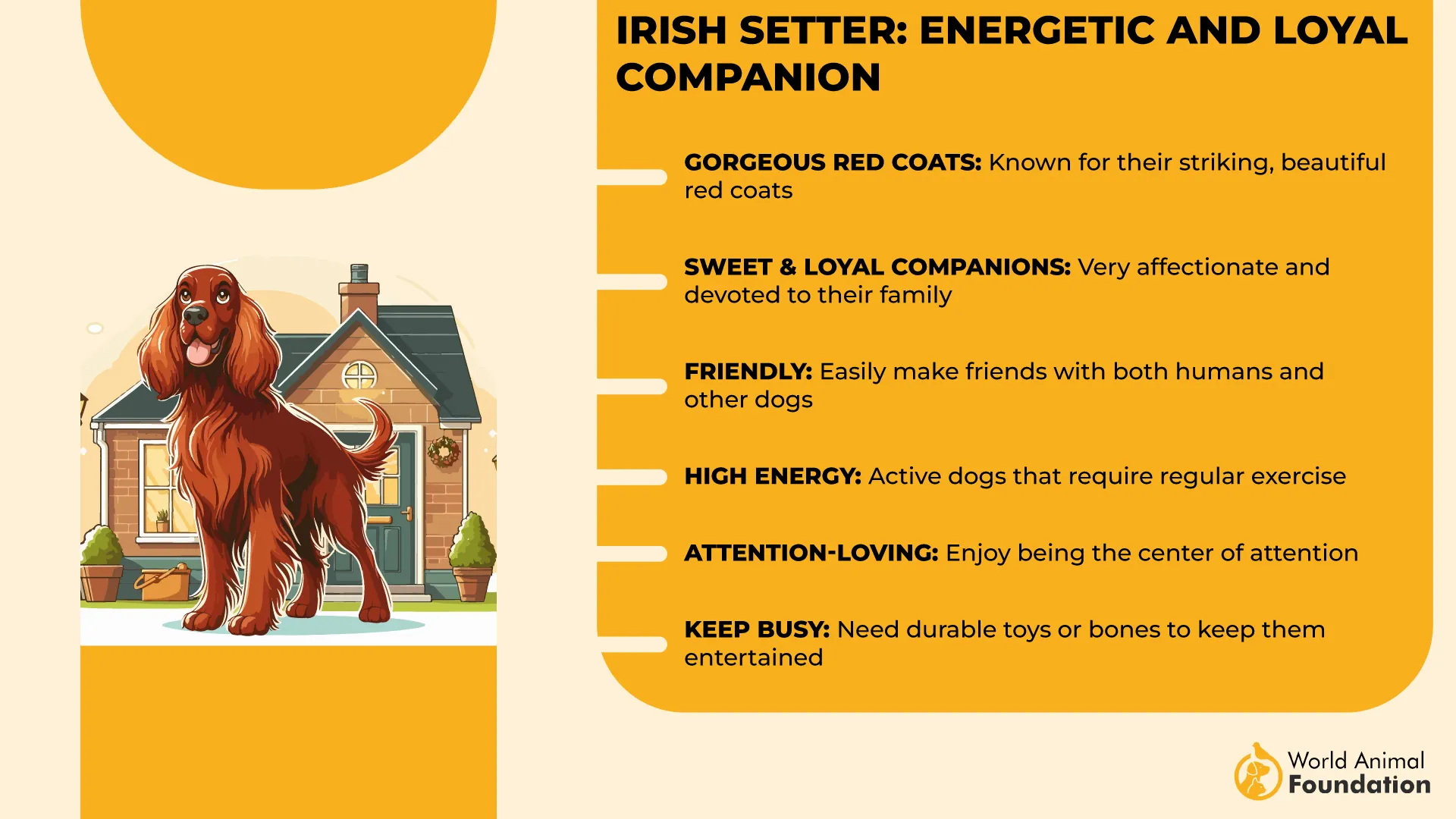
Due to their high energy levels, Irish Setters are best suited for larger homes with plenty of space to roam. They’re not ideal for apartment living, as they need room to stretch their legs and burn off energy.
Irish Setters are natural hunters and trackers, so don’t be surprised if your dog starts searching for “treasures” around your home—yes, including your closets and drawers! Their curious nature makes them quite the little explorers.
As noted by Wikipedia, Irish Setters are not a breed that should be left alone in the backyard for extended periods. They thrive on constant human companionship and need regular interaction to stay happy and well-adjusted.
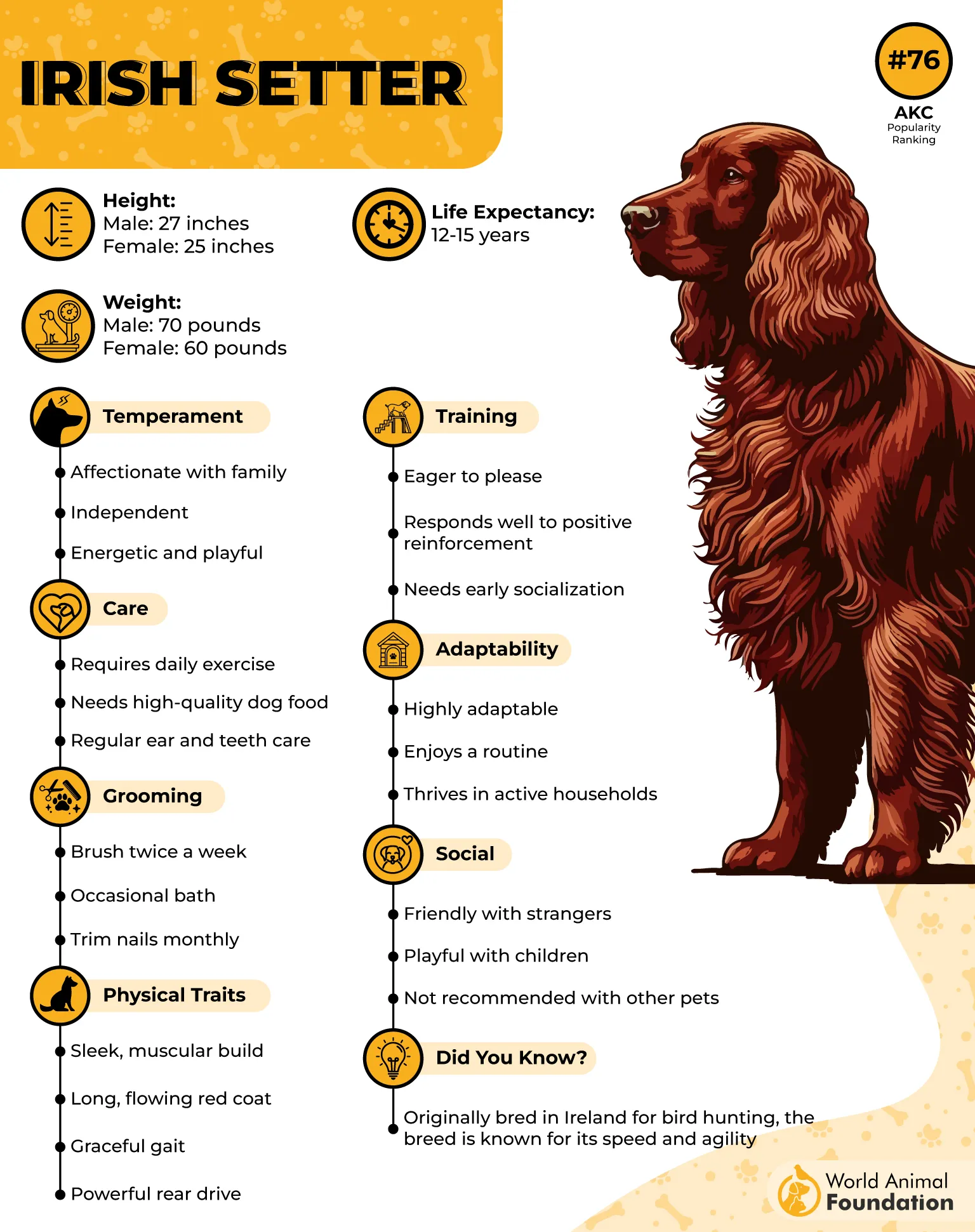
Characteristics
Size: Medium to large; typically around 60–70 pounds.
Exercise Needs: High; they need regular exercise and mental stimulation.
Training: Intelligent, but can be a bit independent and needs consistent training.
Famous For: Their remarkable speed and endurance on hunting trips, as well as their striking appearance.
As natural hunters, Irish Setters have an instinct to track and follow scents, which can sometimes lead them into trouble if left to roam the yard unattended. Their nose-driven curiosity can get the best of them, so it’s important to keep an eye on them during outdoor adventures!
Fun Fact: Irish Setters are so full of energy that you might need a nap after their hunting sessions – they’ll be ready to keep going while you’re catching your breath!
4. German Shorthaired Pointer
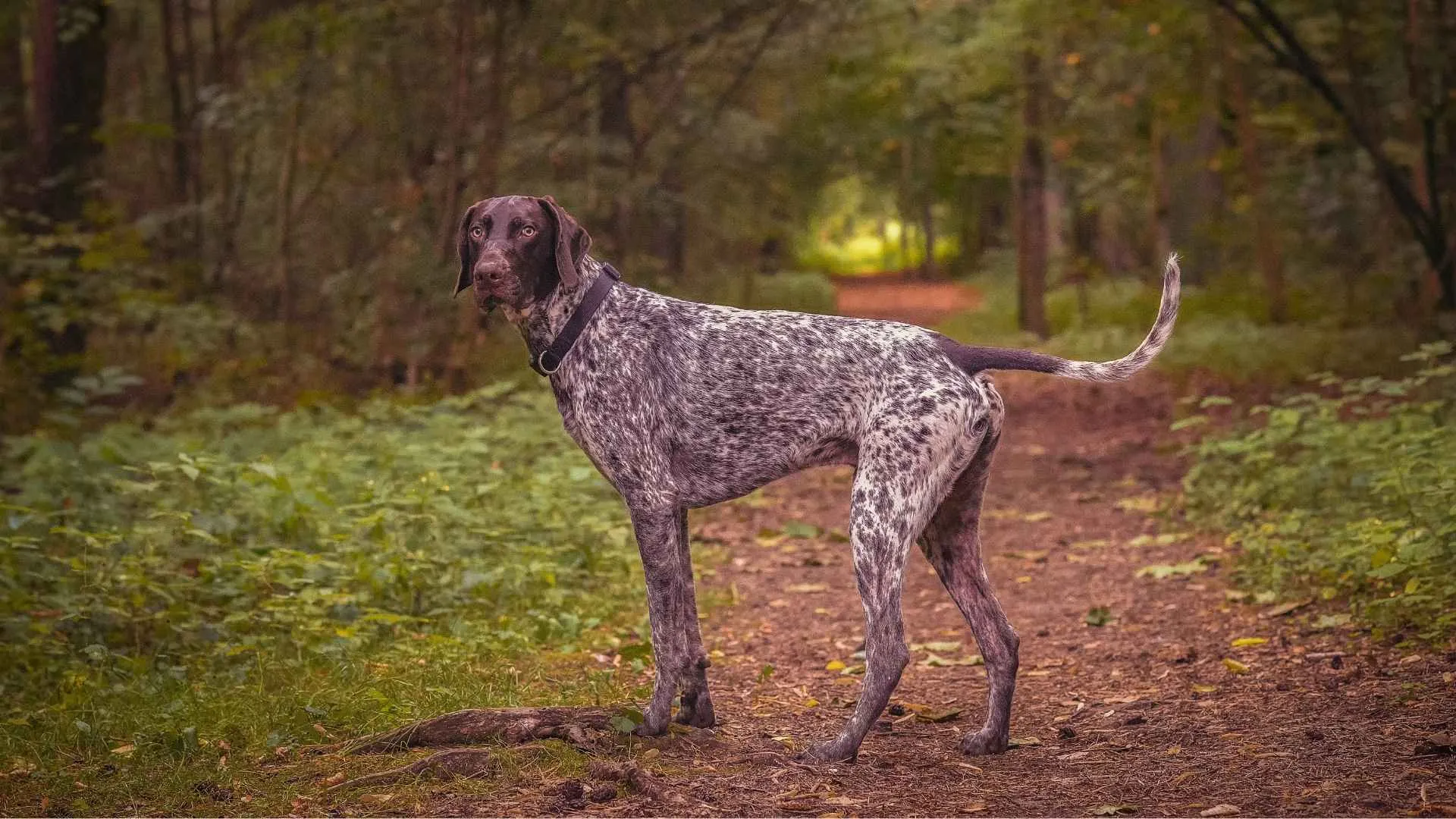
The German Shorthaired Pointer (GSP) is like that overachiever in class who excels at everything. Need a versatile dog? GSP has got you covered. Whether it’s pointing, retrieving, or tracking, the GSP does it all – and does it well.
With their sharp instincts and boundless energy, they’re like the Swiss Army knife of hunting dogs. According to PetMD, German Shorthaired Pointers are top-notch working dogs and hunting companions thanks to their impressive stamina and boundless energy.
These bird dog breeds are incredibly loyal dogs and love their families, making them great companions outside of hunting as well. They might spend most of their time running through fields chasing game, but when they’re home, they’ll curl up next to you for some well-deserved rest. Their work ethic is unmatched, and once they’re trained, they’ll impress you with their precision and skill.
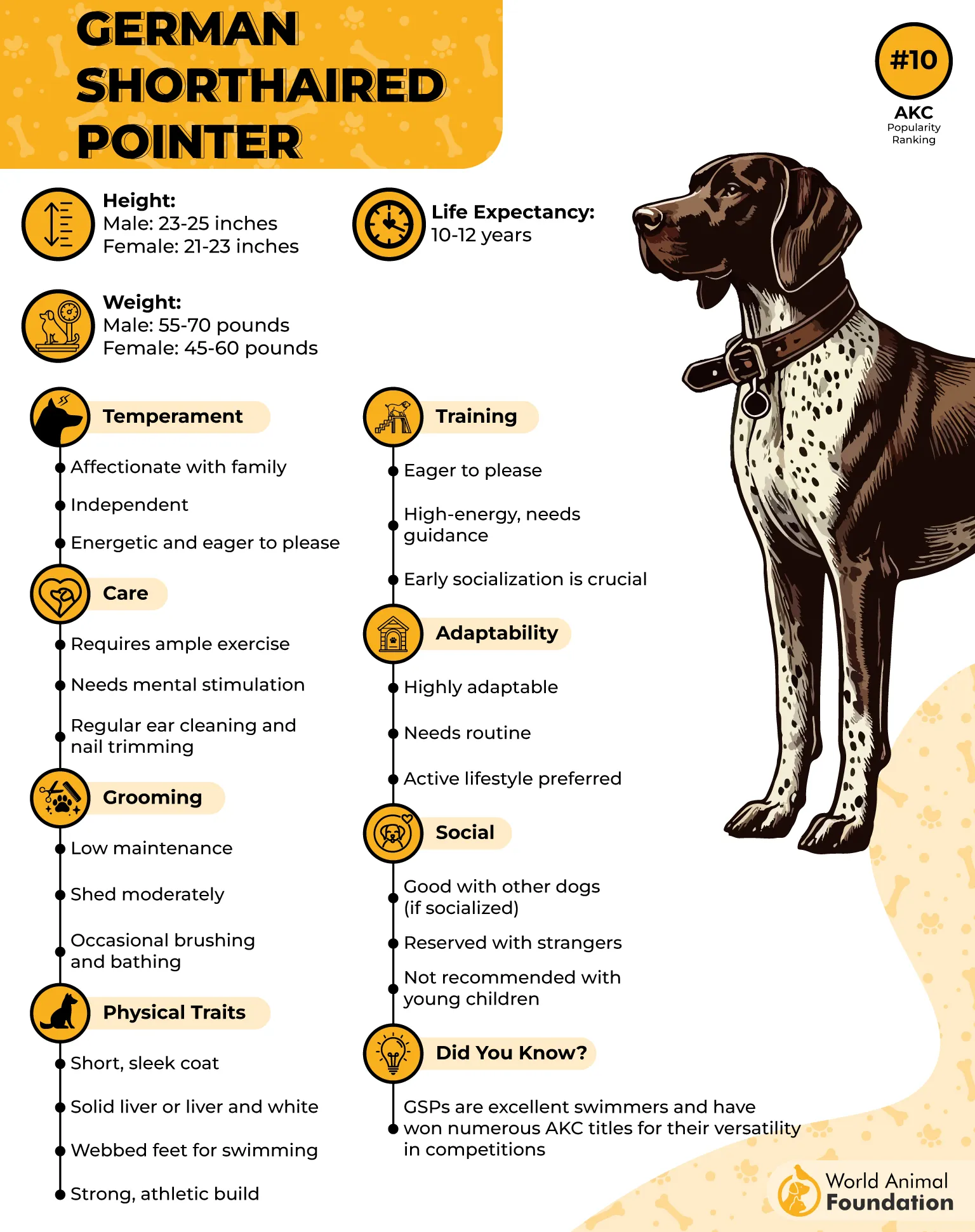
German Shorthaired Pointers are relatively low-maintenance pups—their short coats only need minimal grooming, and they shed moderately, making upkeep a breeze for busy owners.
If not used for hunting or sporting, German Shorthaired Pointers still need at least one to two hours of vigorous daily exercise—and no, a casual walk around the block won’t cut it! Think running, swimming, or dog sports to keep them truly satisfied.
Characteristics
Size: Medium to large; typically around 45–70 pounds.
Exercise Needs: Very high; they love outdoor activities and need space to run.
Training: Highly trainable, especially when given consistent direction.
Famous For: Their versatile hunting skills – they excel in all areas from upland game birds to waterfowl.
Fun Fact: GSPs are like Energizer bunnies on the hunt – they never stop moving, so be prepared to keep up (and maybe invest in some extra running shoes)!
5. Golden Retriever
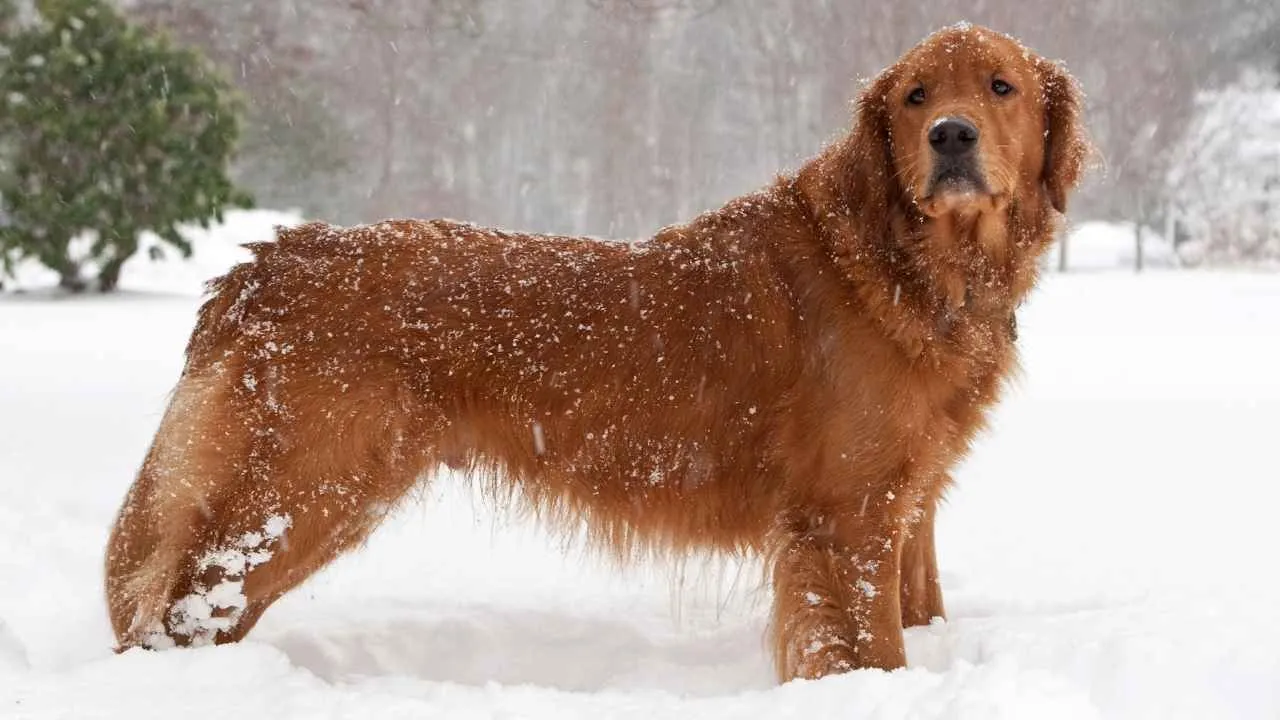
What’s better than a loyal hunting dog with a heart of gold? The Golden Retriever is the dog that defines “family-friendly,” but don’t be fooled – these loyal companions are also expert hunters.
“Goldens,” as they’re affectionately known, make great family dogs thanks to their friendly demeanor and intelligence, and ability to get along well with young children and other pets.
Adorably energetic, Golden Retrievers need plenty of physical exercise and mental stimulation to stay happy and well-behaved. They’re generally a quiet breed—rarely barking excessively—and unlike some other dogs, they usually leave your yard intact, not turning it into a digging zone!
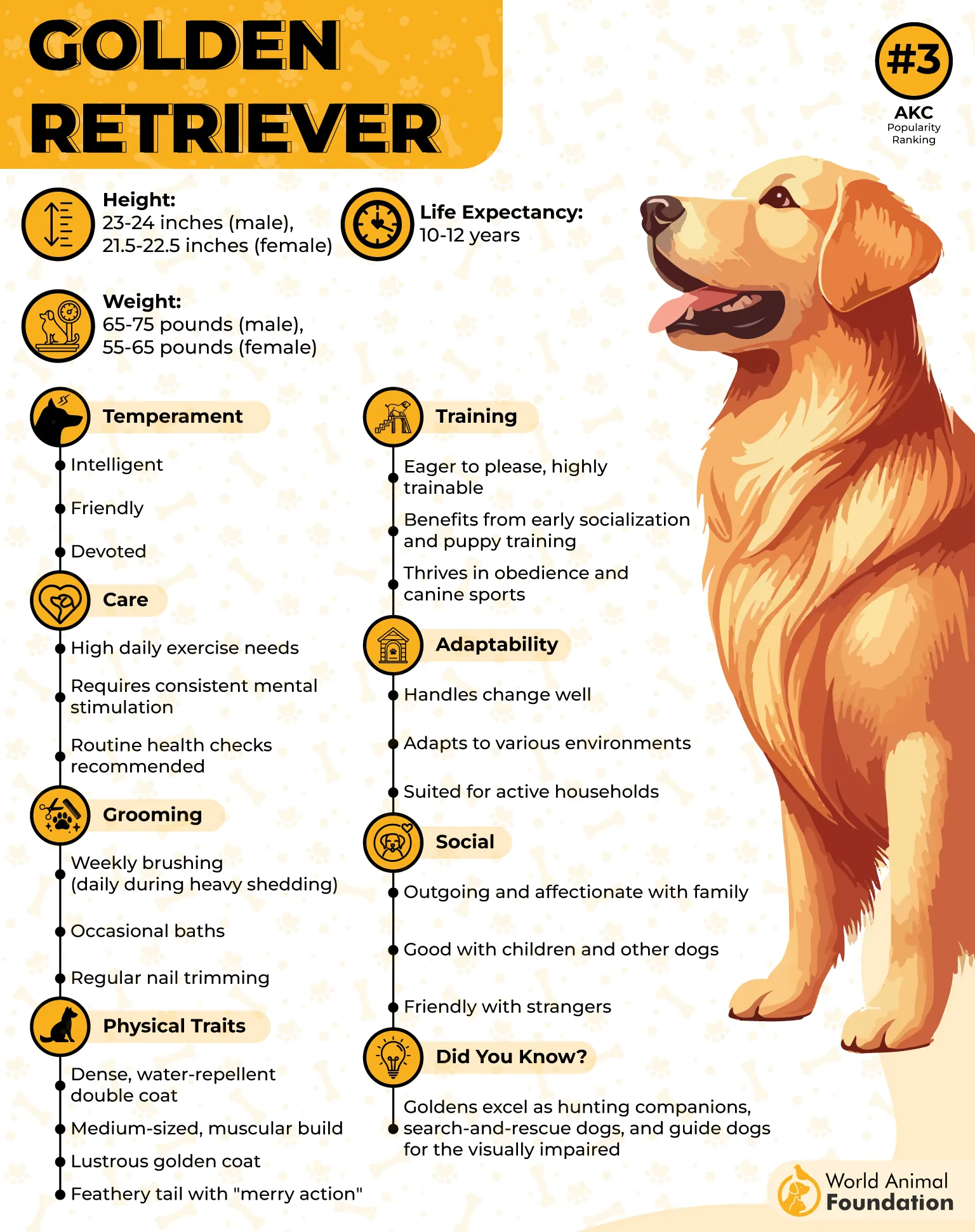
Golden Retrievers are incredibly trainable, which is why they’re often seen as perfect partners for hunting. They excel in waterfowl retrieval, using their soft mouths to bring back game without damaging it. After a long day of hunting, they’ll happily snuggle up with you, and they’ll keep your spirits high with their joyful personalities.
Characteristics
Size: Medium to large; typically around 55–75 pounds.
Exercise Needs: Moderate to high; they enjoy outdoor activities and playtime.
Training: Extremely trainable, especially for retrieving tasks.
Famous For: Their love of retrieving and being incredibly versatile in hunting situations.
Fun Fact: Golden Retrievers love retrieving so much, they’ll likely bring you anything they can find – your keys, shoes, even a stick they just found on the ground. If it can be carried, it’s fair game.
6. Nova Scotia Duck Tolling Retriever
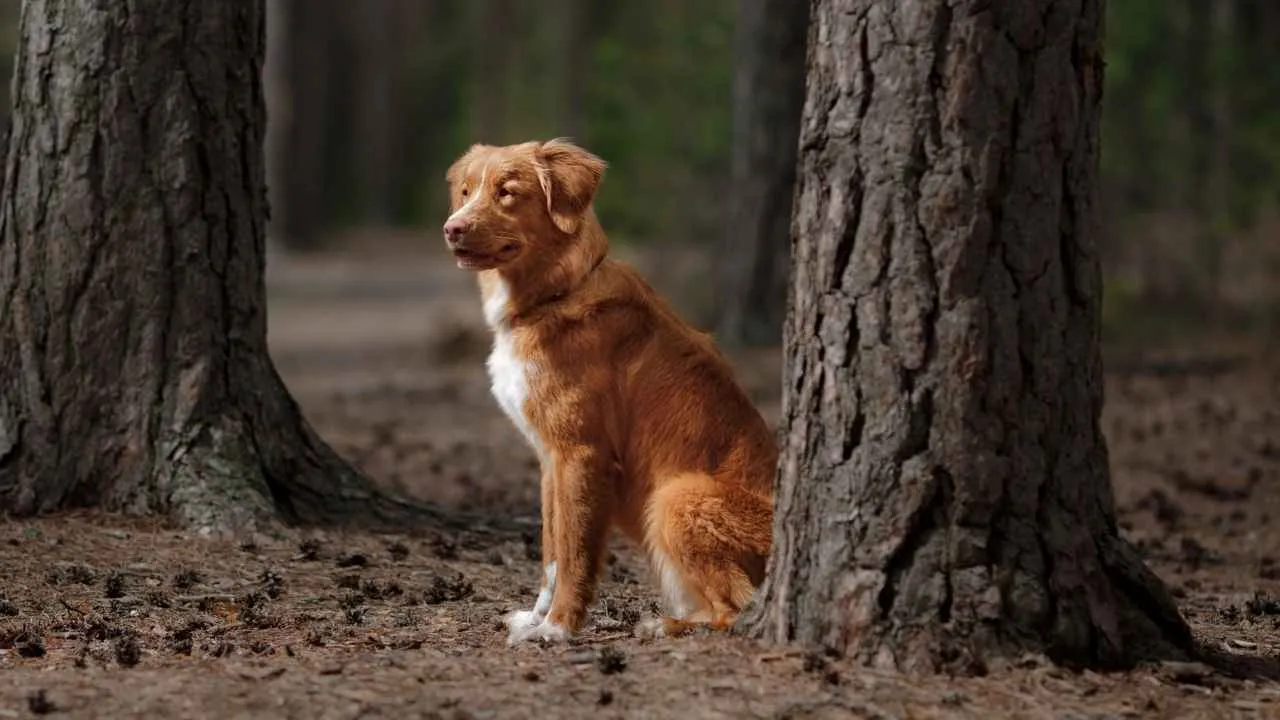
Meet the Nova Scotia Duck Tolling Retriever – the smallest retriever breed you never knew you needed, but now can’t live without. Known for their distinctive red coats, webbed feet, and unique ability to “toll” ducks in, these dogs are among the most specialized hunting breeds around.
Their talent lies in their ability to “play” with ducks by luring them within range of the hunter – a skill that’s earned them a place among the most elite hunting dogs. WebMD notes that Nova Scotia Duck Tolling Retrievers have an alert and determined temperament and should not display signs of nervousness or hyperactivity.
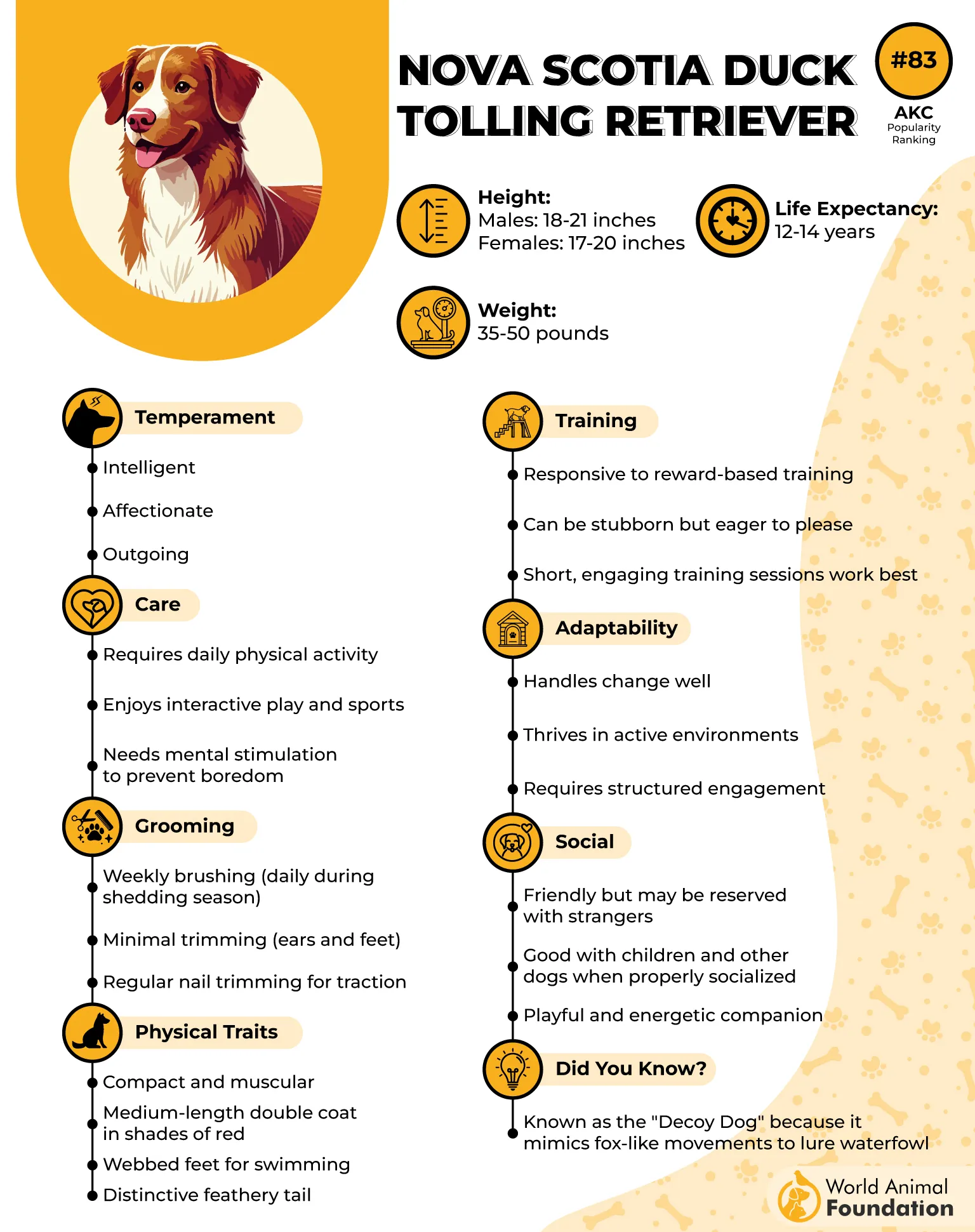
These dogs are highly energetic and intelligent, making them a joy to work with in the field. Their retrieving skills are second to none, and they can work in almost any environment, from land to water.
After a successful hunt, they’ll be just as happy to relax and spend time with their family, keeping that loyalty as their constant companion.
Characteristics
Size: Medium; typically around 35–50 pounds.
Exercise Needs: High; they require plenty of physical and mental stimulation.
Training: Very trainable, particularly for complex tasks.
Famous For: Their duck tolling abilities and outstanding retrieving skills.
They may be cautious around strangers or unfamiliar environments at first, but tend to warm up quickly once they feel secure. A brisk 30-minute walk or a long game of fetch is ideal for this energetic breed, but be cautious, as they often push themselves to play longer than is healthy.
Fun Fact: The Nova Scotia Duck Tolling Retriever is so good at what they do that they’ll pretend to “play” with a stick to catch the attention of ducks – it’s like an elaborate game of fetch… with a twist!
7. Flat-Coated Retriever
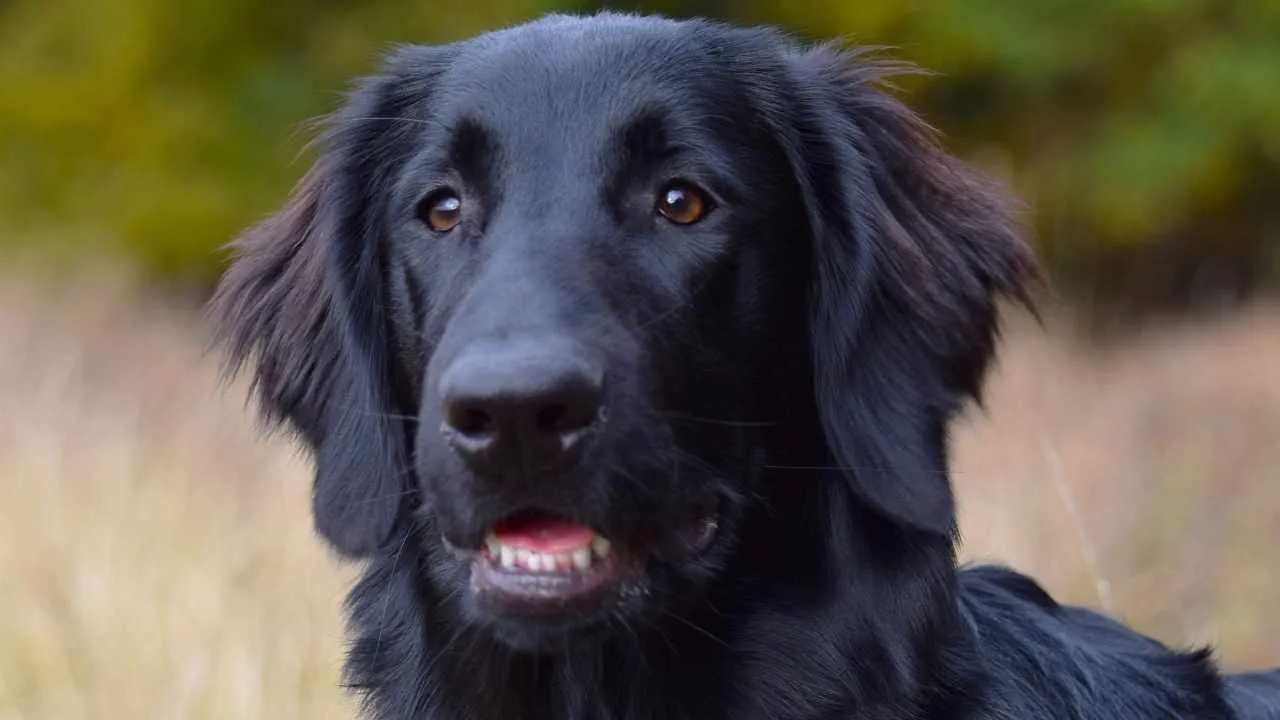
The Flat-Coated Retriever is the epitome of joy in the canine world. With their glossy, wavy coats and their trademark “smile,” Flat-Coats are always in a good mood – and that includes during hunting trips.
These dogs are extremely friendly, and their outgoing personalities make them the perfect companions for a fun and successful day in the field.
Flat-Coated Retrievers are highly skilled hunters and retrievers. Whether they’re diving into the water to retrieve a duck or flushing out upland game, these dogs will go above and beyond for their owners.
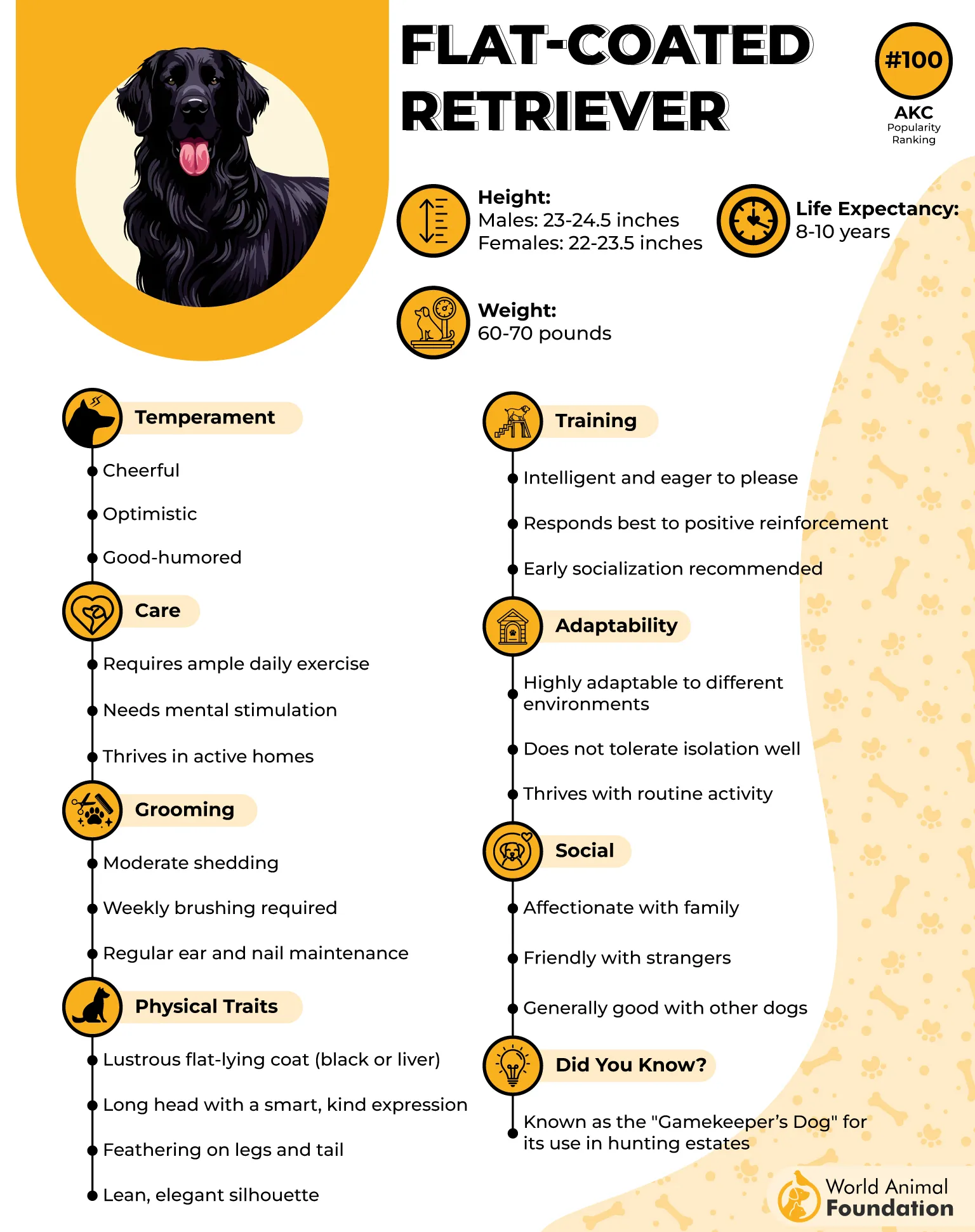
They may have a goofy, playful side (they love to chase after sticks and tennis balls), but when it comes to hunting, they are all business. They’re also highly trainable, making them a great choice for both seasoned hunters and those new to the sport.
Characteristics
Size: Medium to large; typically around 60–70 pounds.
Exercise Needs: High; they need lots of physical activity and mental stimulation.
Training: Very trainable, but they can be a bit goofy at times, so consistency is key.
Famous For: Their joyful demeanor and ability to retrieve in various environments.
Flat-Coated Retrievers with excess energy and boredom may resort to destructive behaviors like digging, chewing, rolling in mud, or escaping the yard in search of stimulation.
Fun Fact: The Flat-Coat’s “smile” isn’t just for show – these dogs are so happy that they might even smile during a hunting trip, making them the cutest hunting buddy you could ask for!
8. Vizsla

Hungarian Vizslas are among the most ancient hunting dog breeds known today. The Vizsla is one of the fastest dogs that lives life at full throttle – and that includes hunting. Known for their high energy and sleek, athletic build, Vizslas are perfect for hunters looking for a versatile, passionate companion.
With their keen nose, they’re excellent pointers, and their endurance means they can keep up with even the most strenuous hunting sessions.
In the field, Vizslas are relentless. They’ll point game with precision and retrieve with a speed that would leave other dogs eating their dust. But it’s not just their hunting skills that make them great – their loyalty and devotion to their owners are unmatched.
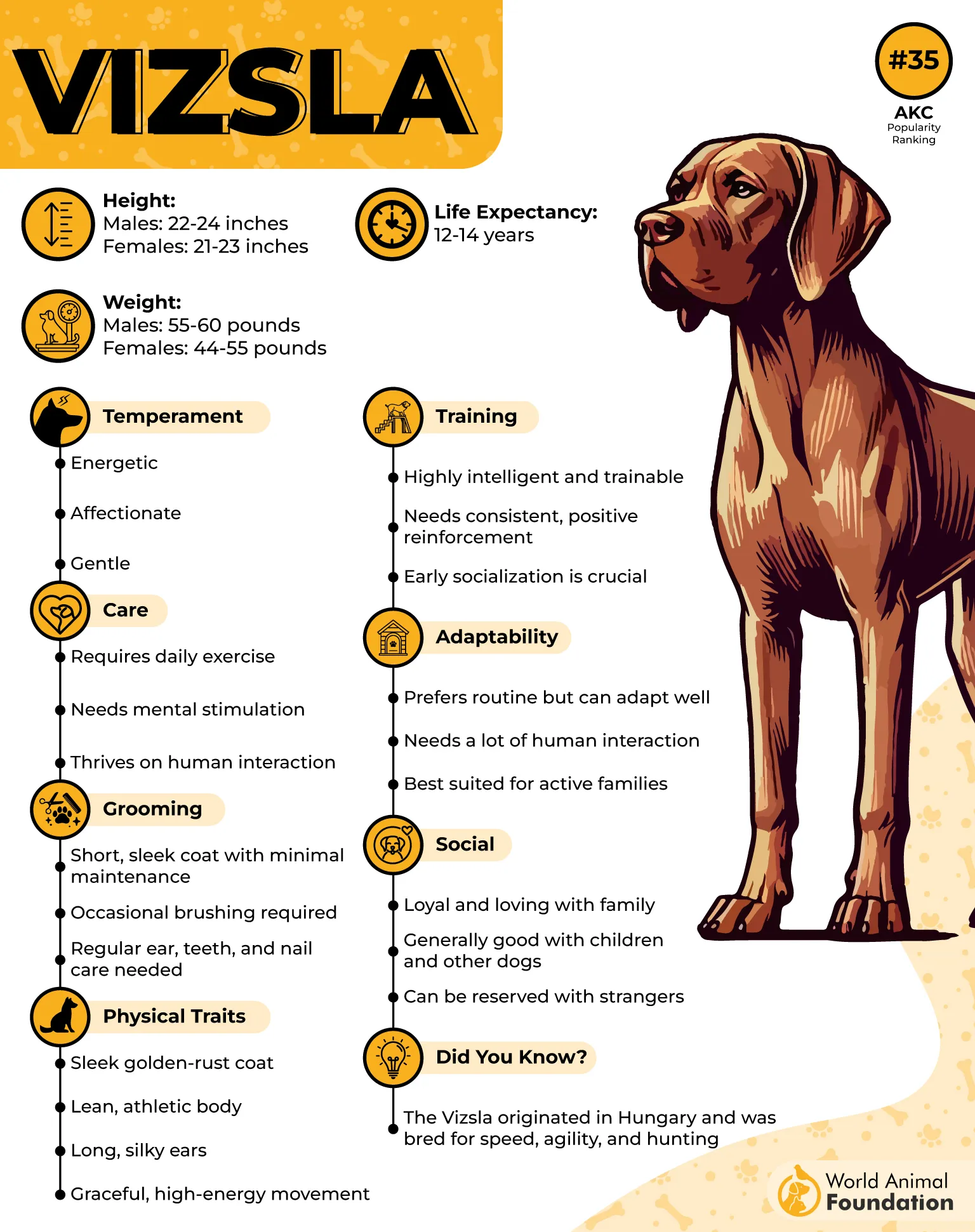
They’re often described as “velcro dogs” because they’ll follow their humans everywhere, even if it’s just from room to room. After a day of hard hunting, they’ll be content snuggling on the couch with you (that is, until they’re ready for the next adventure!).
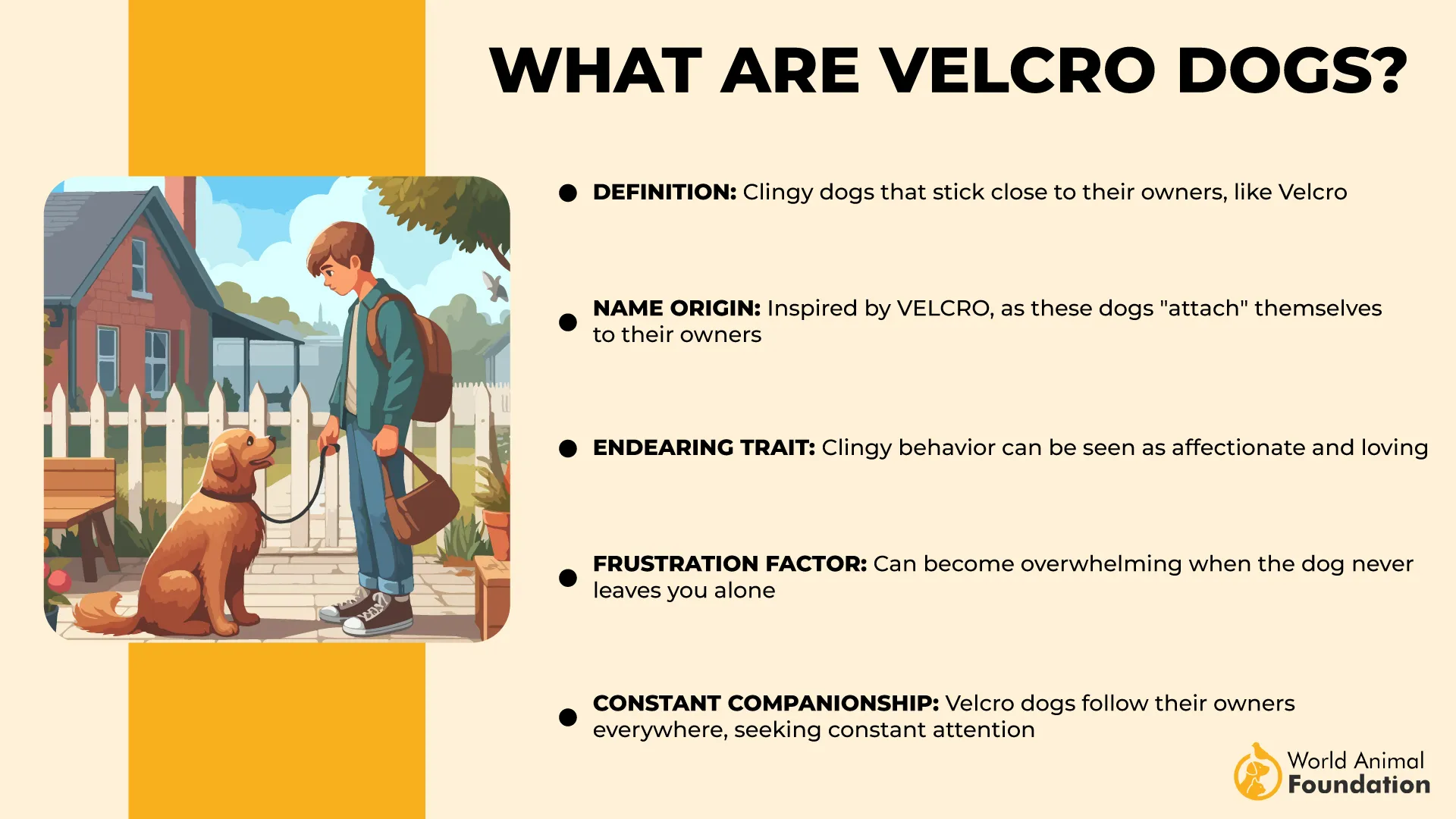
Vizslas require a minimum of seven hours of exercise each week and thrive on activities like walking, running, and playing
Characteristics
Size: Medium; typically around 45–65 pounds.
Exercise Needs: Very high; they need vigorous exercise and mental stimulation.
Training: Highly trainable, especially with positive reinforcement.
Famous For: Their unmatched energy and ability to work in both upland game and waterfowl hunting.
Fun Fact: If you’re ever hunting with a Vizsla, don’t be surprised if they start giving you “puppy eyes” when you stop for a break. They’ll try to convince you that they need a snack, too – and you’ll probably give in.
9. Weimaraner
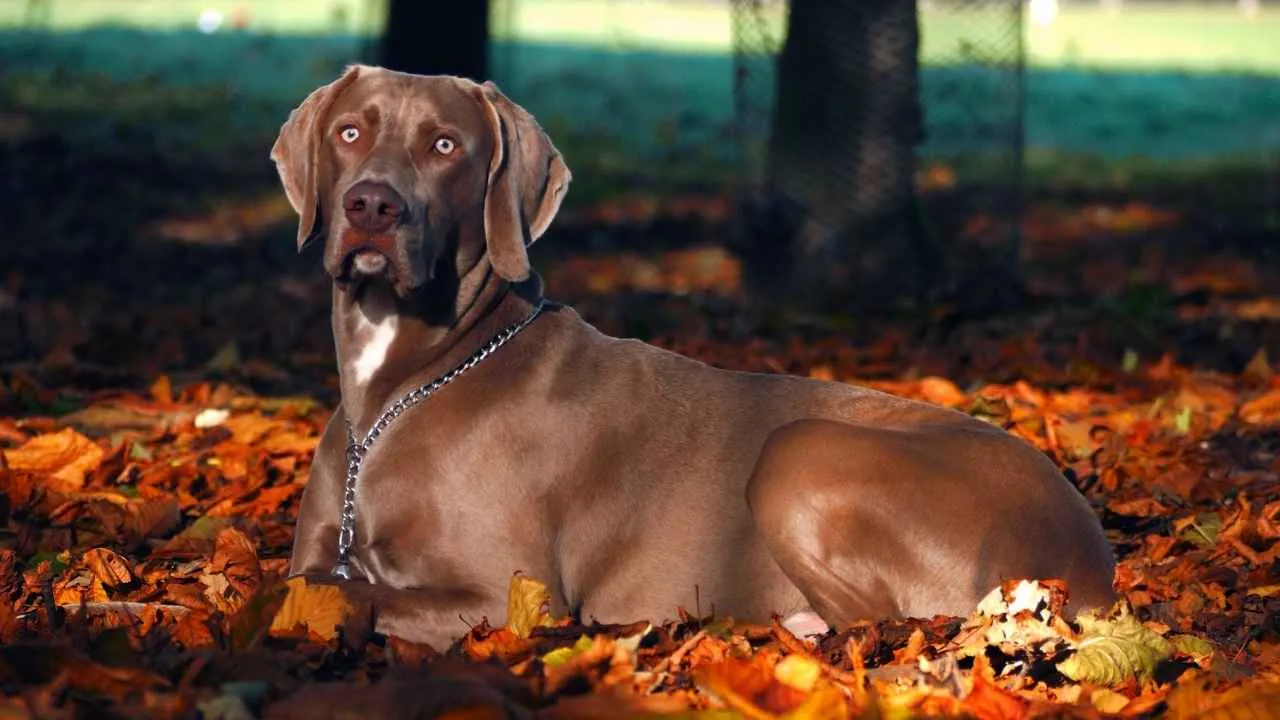
Known for their stunning silver-gray coats, the Weimaraner is one of the most striking hunting dogs you’ll ever encounter. Don’t let their elegant appearance fool you – these dogs are built for speed, stamina, and precision.
Often referred to as “the silver ghost” because of their color, Weimaraners are sleek, athletic, and always on the move. They were bred for hunting large game, but today, they excel at everything from upland bird hunting to waterfowl retrieval.
Weimaraners are incredibly loyal to their owners, and they bond deeply with their families. They’re also highly energetic and love to work – whether it’s hunting, running, or simply exploring the outdoors.
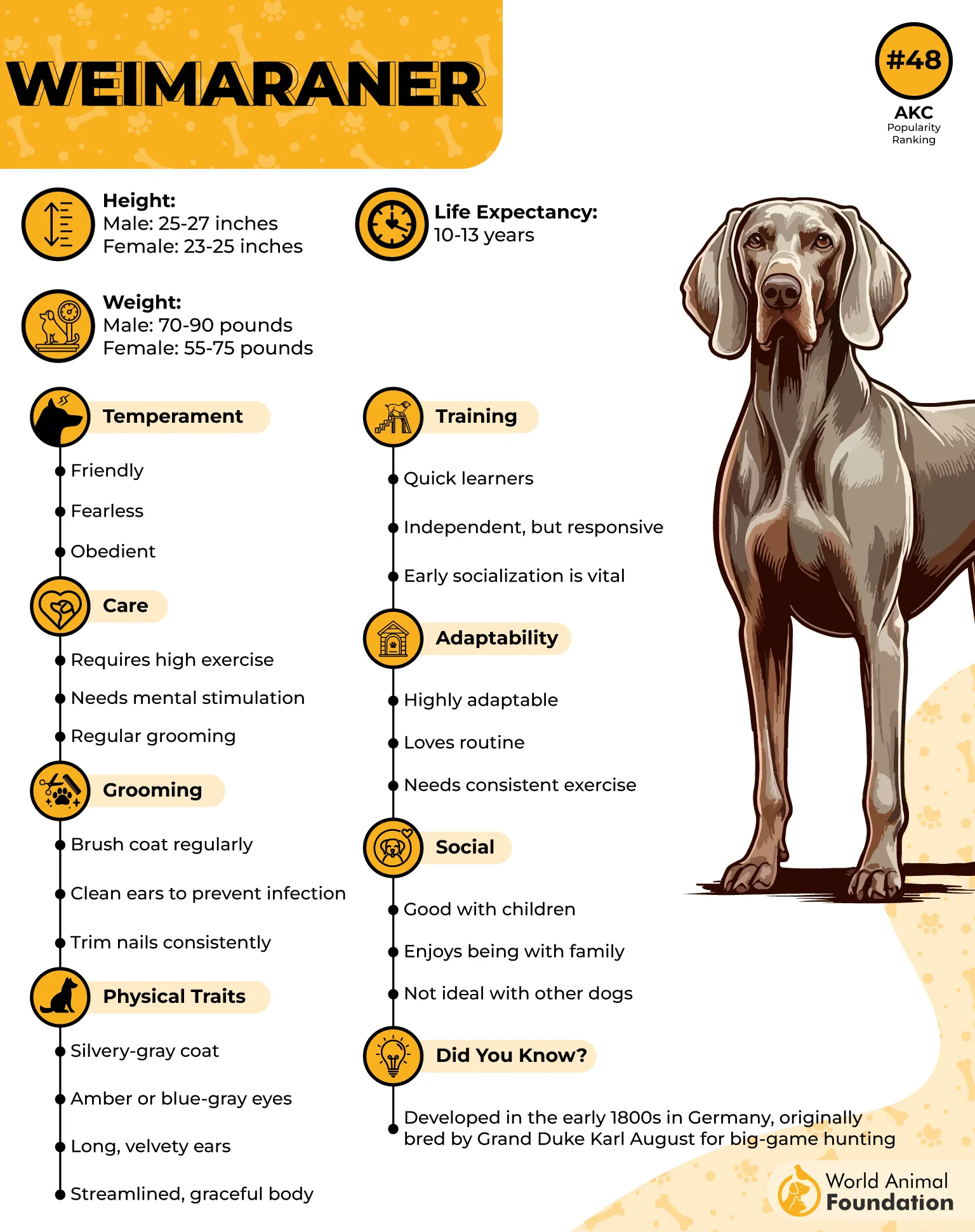
They have a strong prey drive, so it’s essential to keep them on task, but their drive makes them excellent hunters.
Just be prepared – these dogs need plenty of exercise and mental stimulation, or they’ll find ways to keep themselves occupied (and it might not always be what you had in mind!).
Characteristics
Size: Large; typically around 55–90 pounds.
Exercise Needs: Very high; they require vigorous daily exercise.
Training: Highly trainable, but their independent nature means they need a strong handler.
Famous For: Their stunning appearance, speed, and work ethic, especially in large game hunting.
Fun Fact: Weimaraners are so full of energy that if they’re not out hunting, they might try to convince you to take them on a 5-mile run – and trust us, they’ll be ready to keep going after that!
Conclusion
When it comes to loyal hunting breeds, the bond between hunter and dog goes far beyond commands and retrieves—it’s built on trust, determination, and a shared love for the outdoors. From duck dogs that dive fearlessly into chilly waters to pointing dogs that lock onto upland birds with laser focus, these breeds are the true MVPs of the hunting world.
Whether you need a companion to flush birds, point upland birds, or retrieve a few ducks, there’s a dog for every task—and a heart full of loyalty behind those keen noses. Flat-Coated Retrievers, Vizslas, and Weimaraners are not just skilled hunters but also good family dogs who thrive at the dog park just as much as in the field. But don’t stop there—other retriever breeds like the Chesapeake Bay Retriever are famously tough and tireless when it comes to hunting ducks or navigating cold, rough waters. If you’re chasing rabbits instead of ducks, consider the rugged determination of Plott Hounds, or even the surprising stamina of a Pit Bull, which, despite its reputation, can be a very loyal dog with proper training and exercise.
Don’t forget classic pointing breeds like the German Shorthair or German Wirehaired Pointers, known for their intensity and scent-tracking skills. The Brittany Spaniel and English Springer Spaniel are expert flushing dogs with a soft spot for home life, making them ideal for both the field and the family. If you’re looking for the best hunting dog, one that will stick by your side whether you’re trailing birds, chasing rabbits, or just throwing a ball in the yard, you’ll find your match among these tough dogs. Their loyalty runs deep, their instincts are sharp, and their companionship is unmatched.


